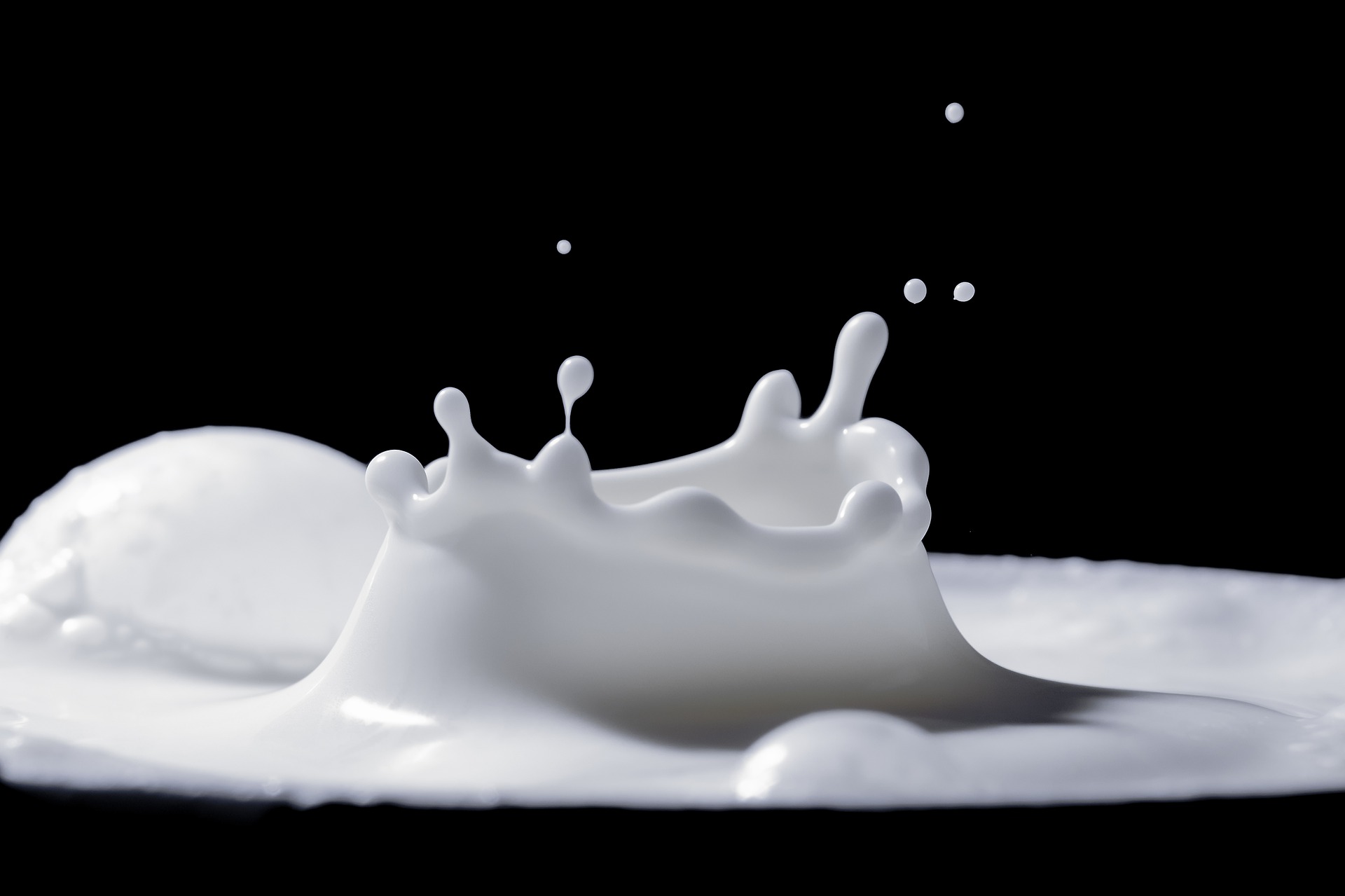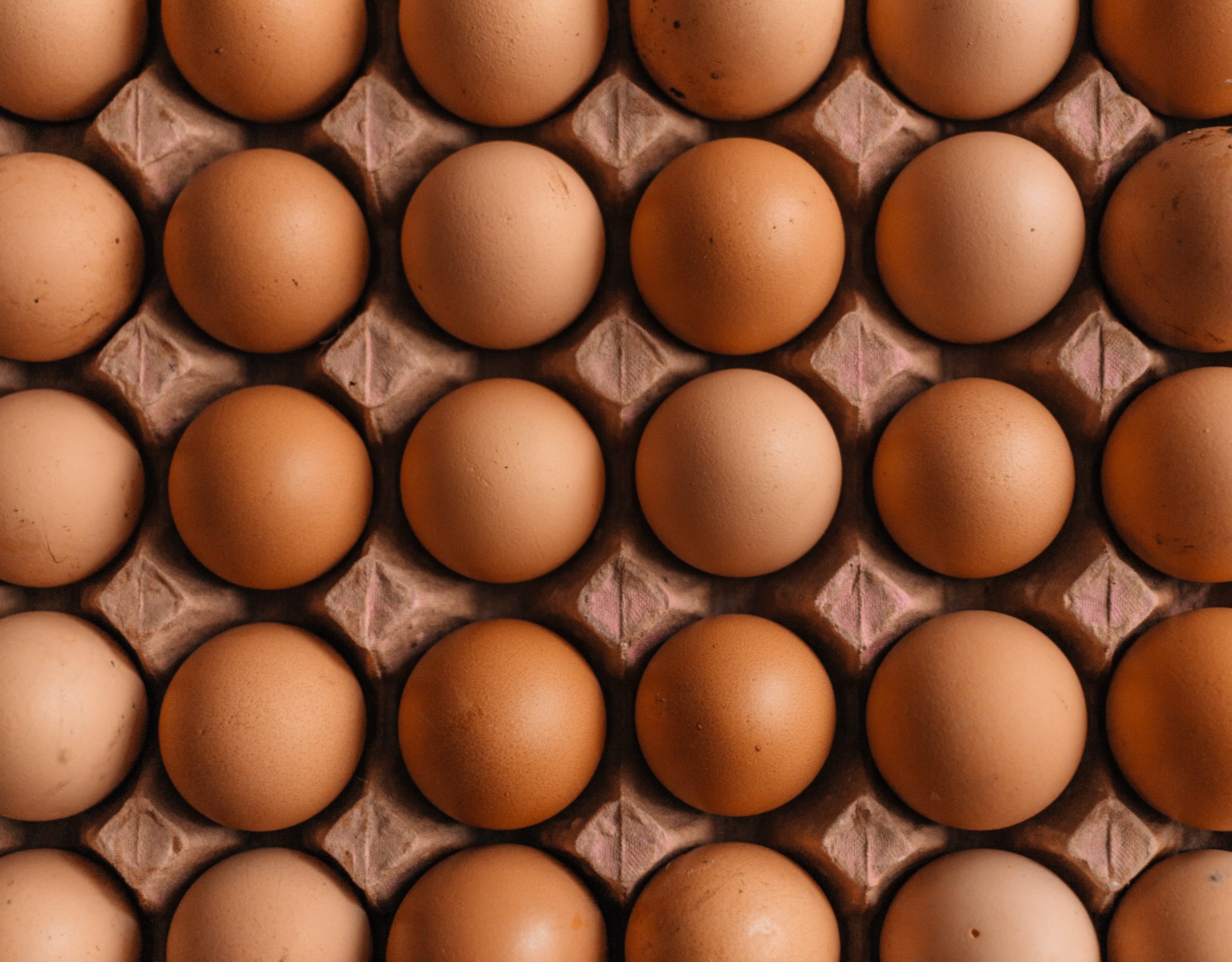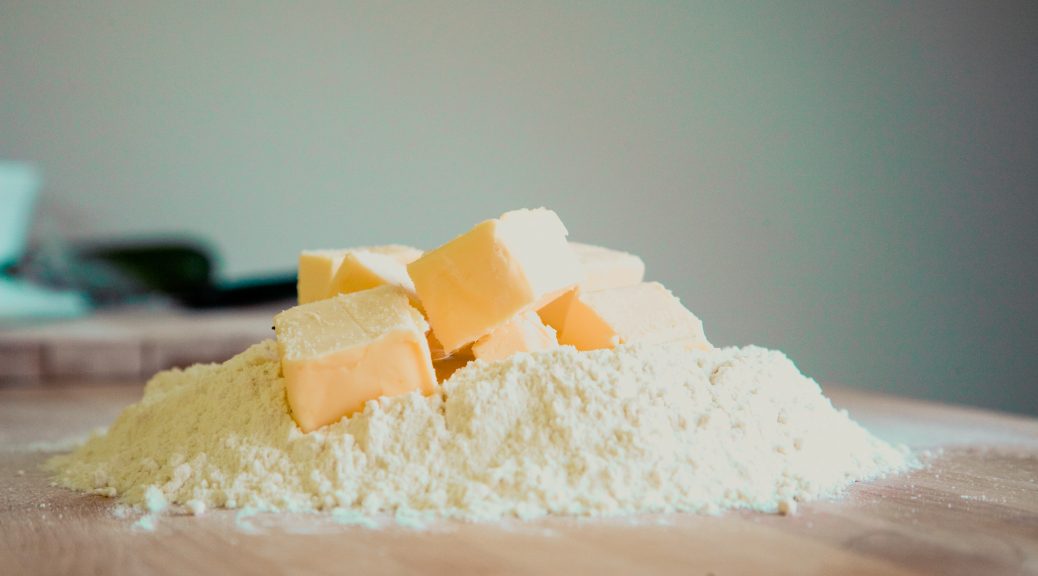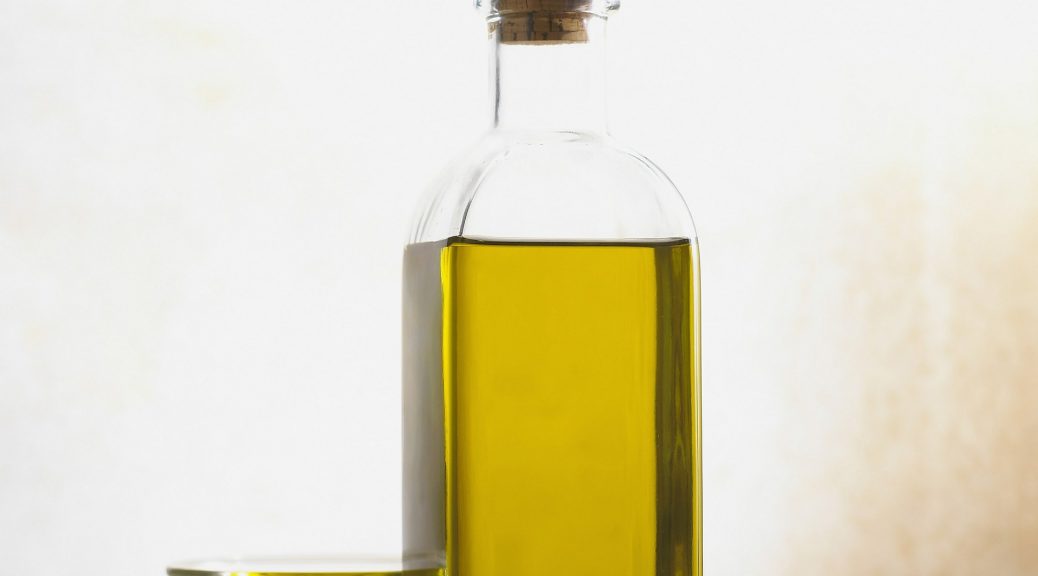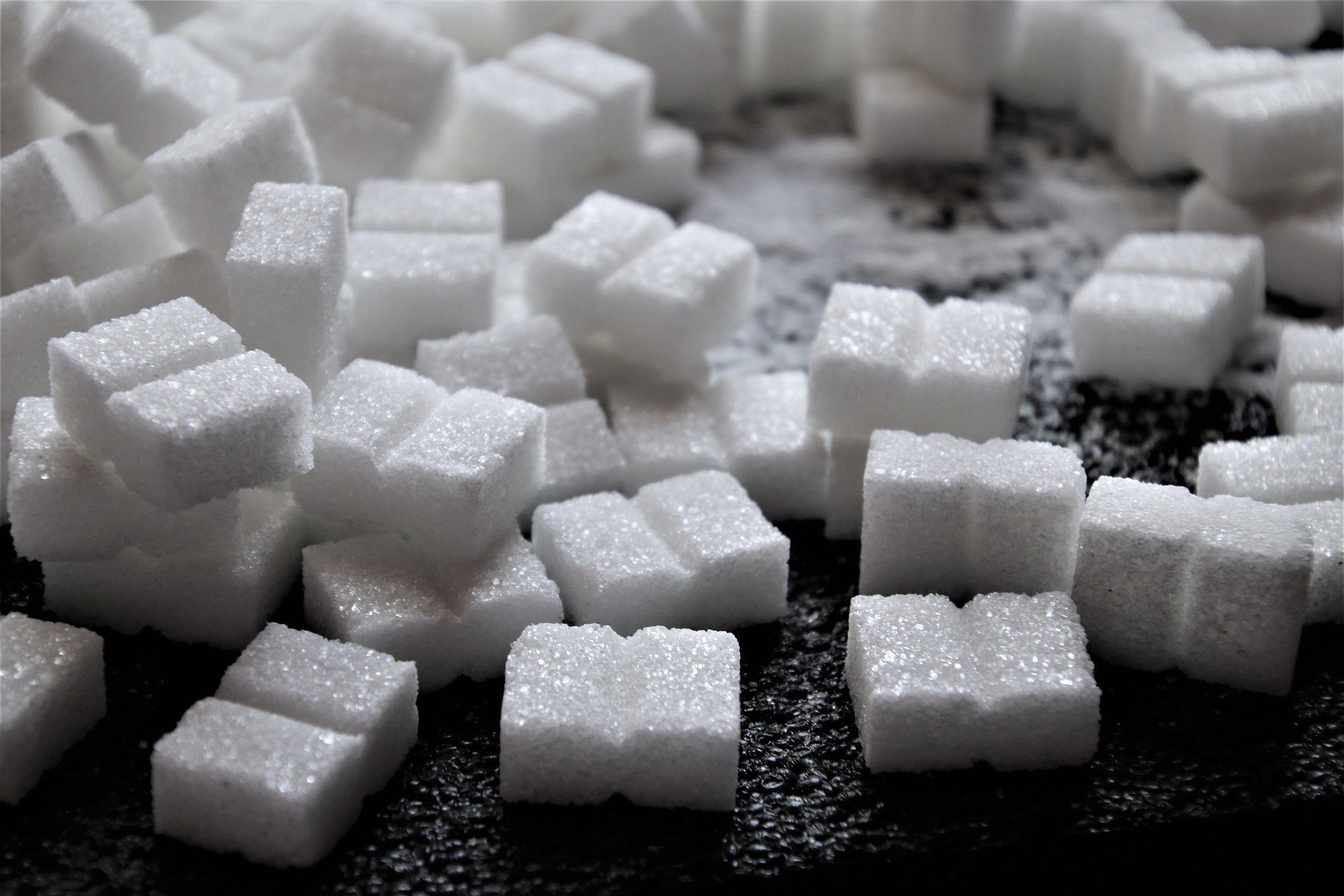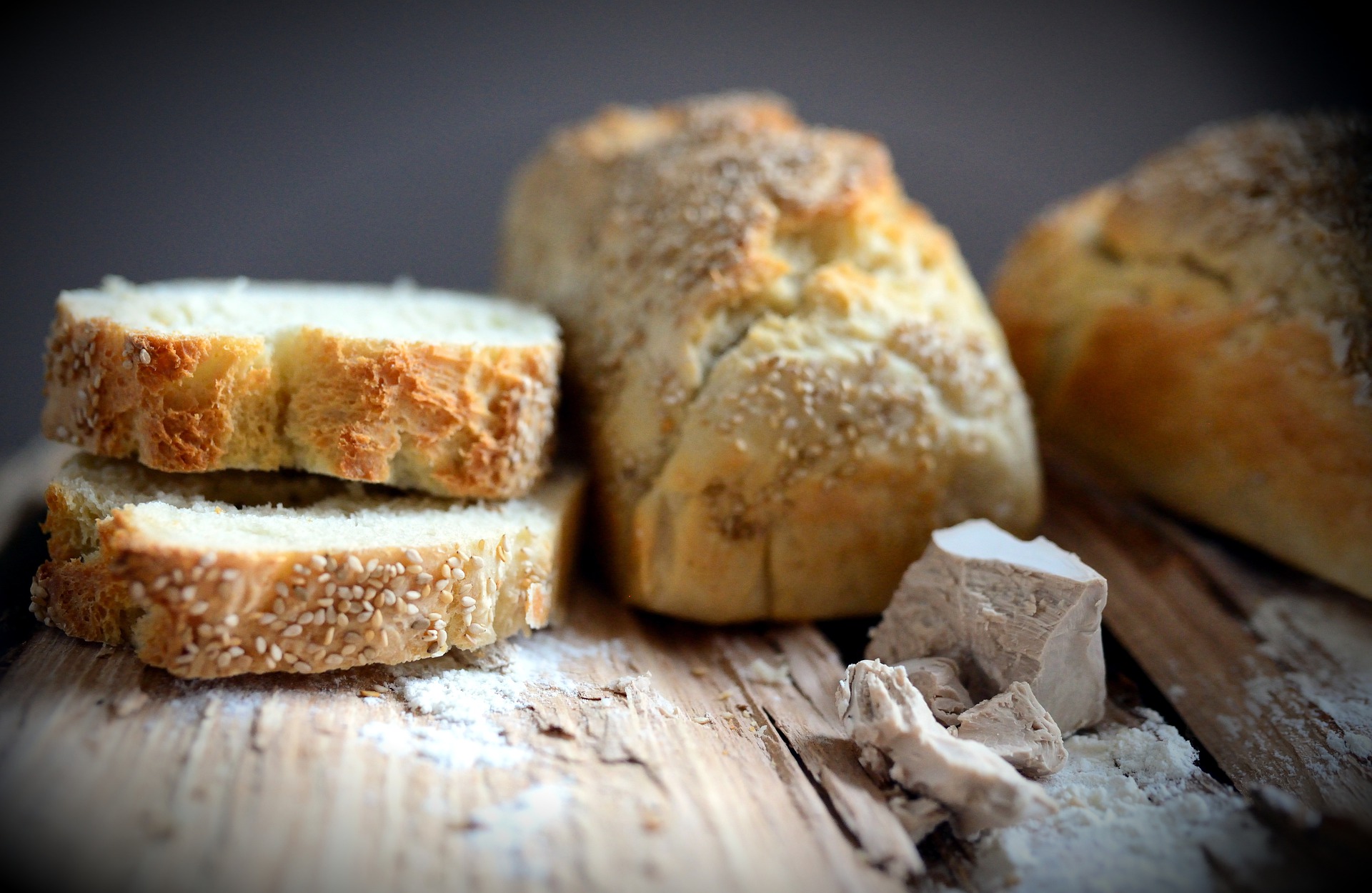Dairy Products I
Dairy products have been a common ingredient in many bakery, pastry, and biscuit products. Recently, some of these products have come under scrutiny, and some companies prefer to eliminate them from their formulations. In this entry, we will explore their advantages and disadvantages. Milk In general, when we talk about milk, we refer to cow’s milk, although there are other types of milk that can be used in bakery and pastry. Milk is mainly composed of proteins, fat, and lactose,…
